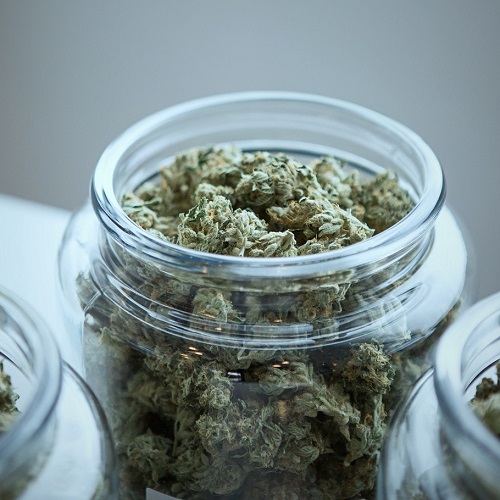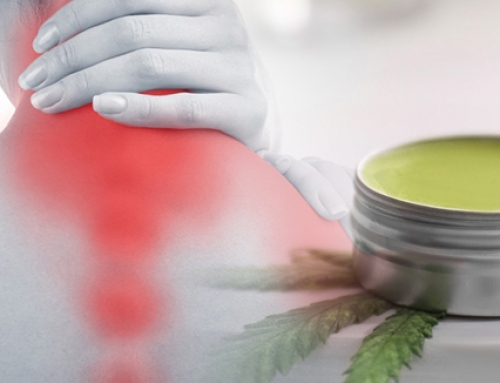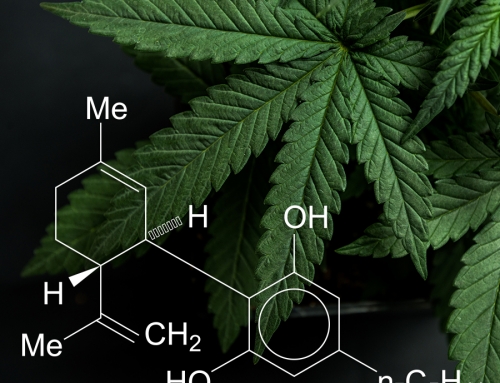As the cannabis industry continues to grow, new technology and information becomes more accessible. Cultivators and processors continue to use more scientific methods to grow cannabis, and to extract its oils. Most cannabis consumers have heard about cannabinoids (like THC and CBD). But today, other chemical compounds called terpenes are gaining prominence.
Terpenes already have their own slang. A budtender may say a strain or product is “terpy,” to indicate the strong aromatic quality of a certain bud or extract. But what does that really mean?
Terpenes are natural essential oils secreted by all plants. They are responsible for the smell and flavor in all plants and fruit. Similar to the way aromatherapy can affect stress or anxiety levels, THC and terpenes can work synergistically to relax or stimulate your senses. A chemical reaction occurs between your body and the terpenes, combined with THC, to produce differing effects.
The cannabis industry is still scratching the surface of this newly acknowledged aspect of cannabis products. The science of terpenes is still in its infancy.
Here are some terpenes that scientists have identified, and where you might find them — and how they could affect you.
Known Terpenes
Myrcene – This terpene exists in lemongrass, cannabis and even hops. It creates citrusy and earthy aromas. This terp is largely associated with pain reduction, and quelling inflammation, as well as muscle spasms.
Limonene – As the name suggests, this terpene represents the tart, yet sweet scent you’ve definitely encountered. This lemon-lime flavored terp can aid users with depression and anxiety while also containing antibiotic and antioxidant properties.
Alpha-Pinene – Alpha-Pinene is you guessed it—that sweet pine aroma. You can find it emanating from several coniferous trees, as well as several stinky nugs. This terpene interacts with your body by promoting memory retention and alertness. It can also be utilized to improve lung function in some patients with asthma.
Linalool – In some cases, the scent of Linalool can be likened to lavender. This terpene has been found to provide sedative and anti-anxiety properties. Epilepsy patients sometimes seek out cannabis products with this terpene.
Caryophyllene – Probably the most aromatically notorious terpene of all is caryophyllene which provides that “skunky” odor. In more classic strains you may notice this grassy aroma. This terpene is believed to protect the cells lining your digestive tract.
Humulene – This terpene is present in both hops and in cannabis. If you’ve ever taken a whiff of some weed that smells like a hoppy beer, take note, because this terpene helps control your appetite. It may also fight cancer cells.
The medical benefits of terpenes in combination with cannabinoids is a field still under heavy exploration. Other common terpenes include terpineol, eucalyptol, menthol, and citronellol. They each play roles in affecting your body through smell and taste. As the research continues, the possibilities are endless.










